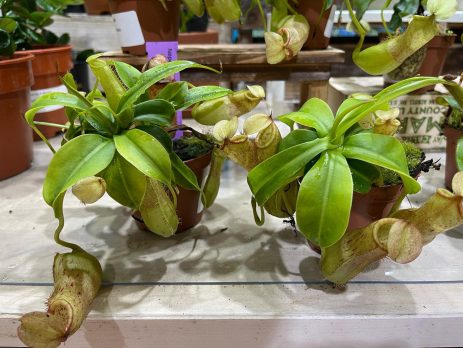What are some common pitfalls with growing carnivorous plants?
Growing carnivorous plants can be a rewarding hobby, but it also comes with some common pitfalls that can cause the plants to die or fail to thrive. Here are some of the most common pitfalls to watch out for:
- Incorrect watering: Carnivorous plants need to be watered with distilled or rainwater because they are sensitive to minerals and chemicals found in tap water. Over-watering or allowing the plants to sit in standing water can also cause root rot.
- Poor lighting: Many carnivorous plants require bright, indirect light to grow properly. If they don’t receive enough light, they may become weak and fail to catch prey.
- Incorrect soil: Carnivorous plants require a special type of soil that is low in nutrients and high in organic matter, such as sphagnum moss or a peat-based mix. Using the wrong soil can cause the plants to become nutrient-deficient and die.
- Lack of humidity: Many carnivorous plants require high levels of humidity to grow properly. If the air is too dry, the plants may become stressed and fail to catch prey.
- Improper feeding: While carnivorous plants do catch and digest insects, they should not be fed human food or other types of meat. These types of food can cause the plants to rot and attract pests.
- Pests and diseases: Carnivorous plants can be susceptible to pests such as spider mites and aphids, as well as diseases such as fungal infections. It’s important to monitor the plants regularly and take action if any issues arise.
- Transplanting at the wrong time: Carnivorous plants should be transplanted when they are actively growing, usually in the spring or summer. Transplanting during the dormant period can cause the plants to become stressed and may lead to their death.
By avoiding these common pitfalls and providing your carnivorous plants with the right growing conditions, you can enjoy a healthy and thriving collection of these unique and fascinating plants.








Leave a Reply
You must be logged in to post a comment.